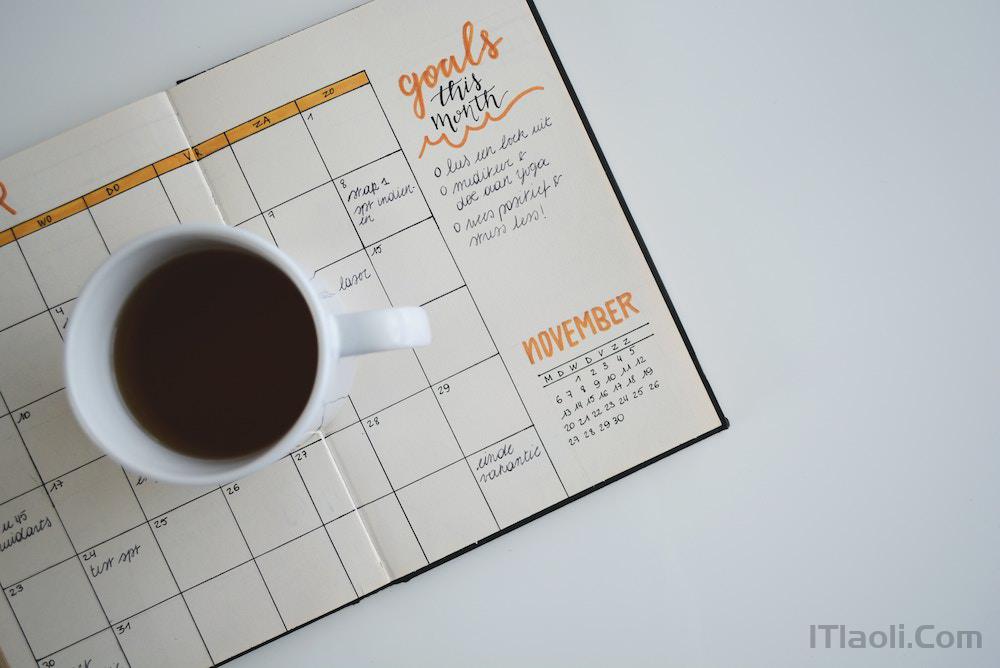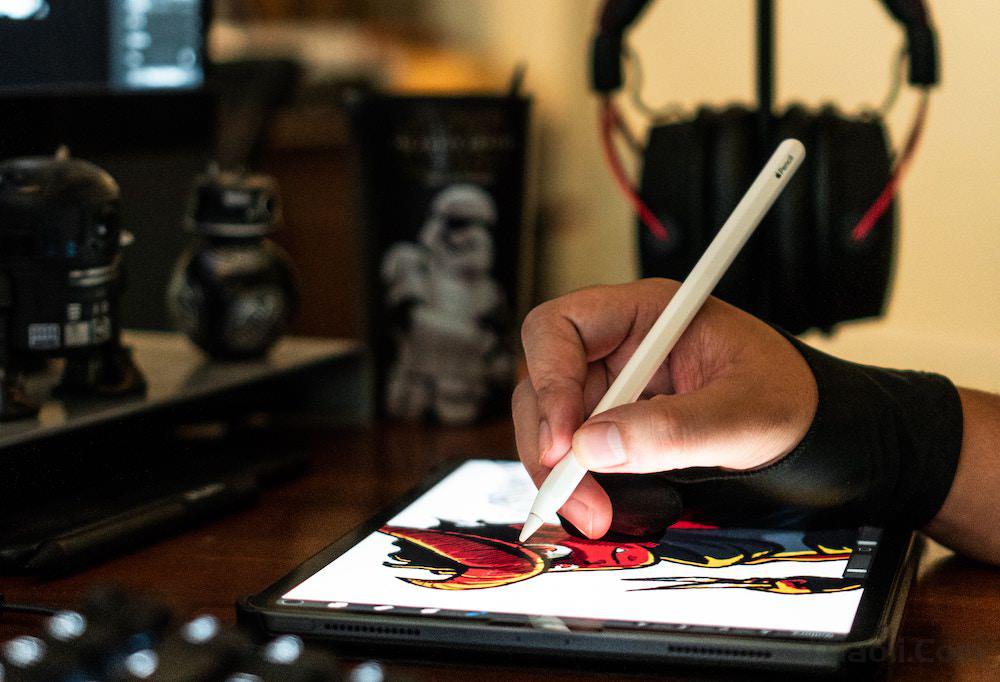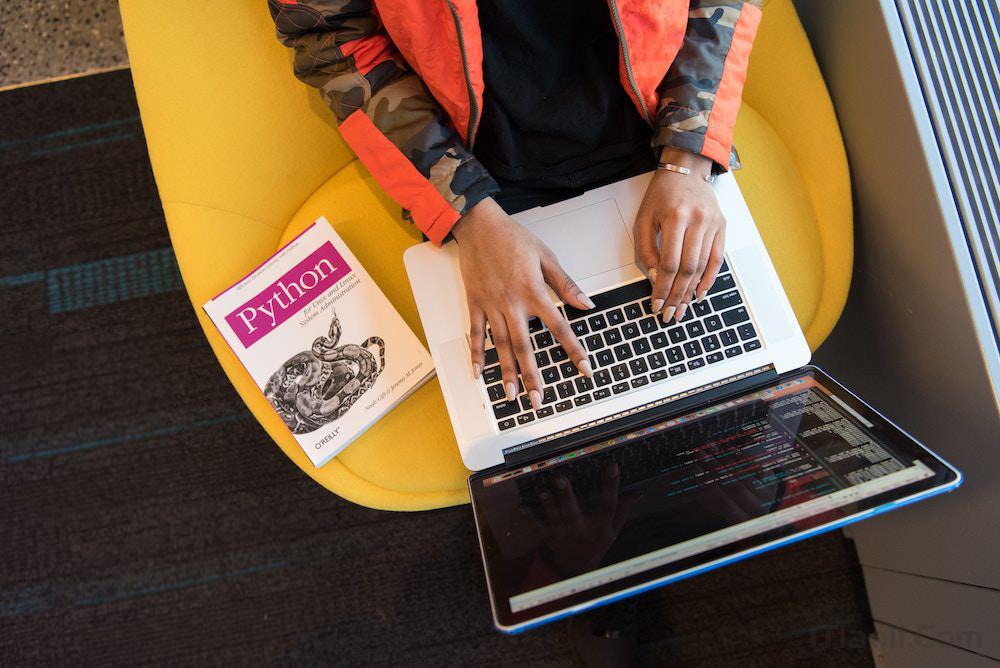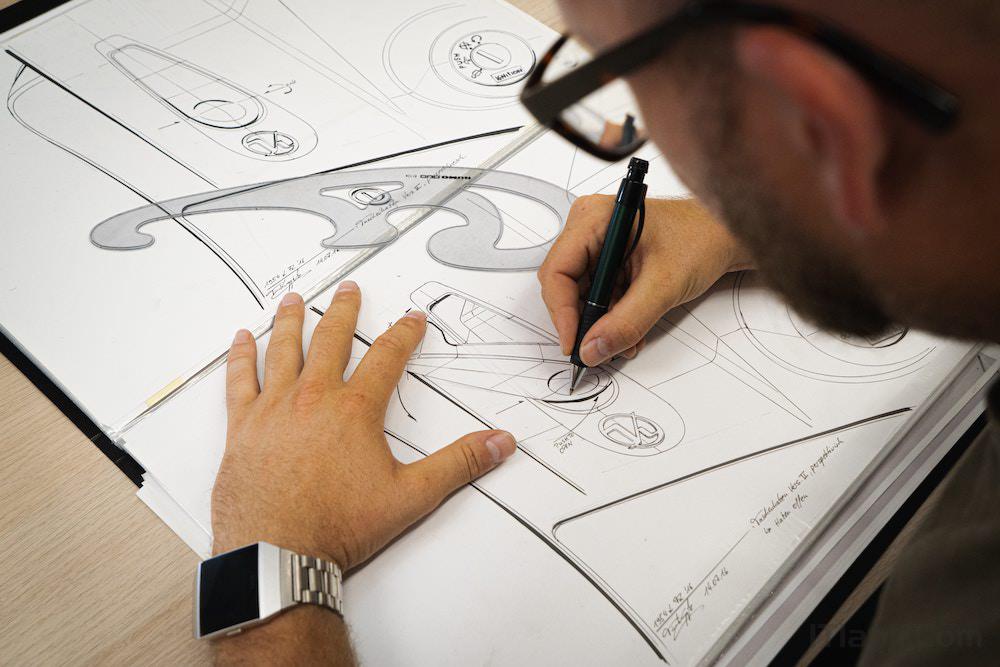Everyone understands that the optimal method to enhance your abilities as a designer is to step beyond your comfort zone and undertake tasks that will test you. However, the issue is, no one provides clear instructions on how to accomplish this, and for the majority of us, this often serves as a sufficient reason to avoid taking action.
Today, we aim to address this issue by delving into some specific strategies you can employ to broaden your design skills. Rest assured, these techniques are fairly straightforward, and if you’re not cautious, you might even find yourself thoroughly enjoying the process.
5 Tips to Getting More Design Jobs For Freelancers
There are many web design businesses and deals that are set up and shut down just as quickly... Read more
Planning and Scheduling Ahead
While it’s appealing to declare that you’ll embark on an exciting side project “someday,” it doesn’t hold much weight unless you dedicate time to meticulously plan what you’re going to do and how you’re going to do it.
A common issue many designers face, myself included, is the tendency to not accord the same level of seriousness to personal projects as they do to client work. This is a significant misstep that a designer can make. But why is this so?

The moment you embrace the perspective that venturing into new creative paths is the most crucial aspect of being a designer, the quicker your career will soar.
The Importance of Personal Work
Client work serves two primary purposes:
- It offers solutions to the problems of others, for which you receive a fee.
- It demonstrates to potential clients that you possess the necessary competence to address their design issues.

This cycle, while it enables us to meet our financial obligations, is not sufficient to elevate us to the lofty heights within the industry that we aspire to reach. By reminding ourselves that our side projects and exploratory work are essentially our gateway to attracting those elusive, high-end clients we desire to work with, we will find it much easier to allocate time for these personal endeavors.
Mastering One Skill at a Time
Attempting to meet every single demand of your clients can often be overwhelming. Whether it’s coding, creating a new logo, redesigning a brand, UX, photography, or copywriting, clients increasingly seek a freelancer who is a jack-of-all-trades.
If you aspire to possess multiple specialties, there is a method to acquire them without causing undue stress. Simply choose one specific skill you wish to learn – for instance, CMS for web design clients – and initiate a project that focuses solely on that skill.

Avoid adding anything else to your schedule – no typography, logos, or content strategy. Your aim should be to concentrate and excel in that one area before transitioning to a new skill. If you attempt to acquire multiple skills simultaneously, you risk confusing yourself further, leading to a lack of progress.
Contrary to popular belief, humans are actually quite poor at multitasking. Do your brain a favor and adopt a step-by-step approach.
Starting with a Sketch
I’ve previously discussed the prevalent fear of sketching among many designers. However, sketching your ideas on paper, rather than using Photoshop or Illustrator, can unexpectedly stimulate your imagination.
Icon Design: A Showcase of Sketched Vs. Ready
More often than not we are critical of about the end product or end result of a design... Read more
There’s a unique, tangible experience in holding a pencil and sketchpad that can inspire you even before you start sketching.

If you habitually jump into Photoshop, or other image editing apps for every new side project (which, I confess, I often do), consider giving sketching a try. I’ve found that when I set aside the tablet and pick up an actual pencil, ideas tend to flow more freely and rapidly. Complex design problems that I might have been pondering over for days suddenly seem to resolve themselves.
Advantages Of Pen And Paper Before Designing On Computer
Tell me, when was the last time you actually wrote using pen and paper? It's not surprising to... Read more
Don’t Overlook the Process
You likely have an established method for creating designs for clients. However, it may not have crossed your mind to apply a similar process to your personal projects. The more efficiently you tackle new tasks, the quicker your brain adapts and begins to excel in them.
Take photography as an example. If you wish to improve your skills in this area, you must understand that it’s a unique discipline with its own set of rules and guidelines, entirely different from web design or coding. Consult with your friends who are photographers about their daily routines. You might find some of their practices beneficial when you start using your camera.

Don’t Let Progress Stall
Finally, if you discover that your proficiency in a new skill isn’t improving despite consistent practice, it might be necessary to take significant steps. If mastering a particular skill is crucial to enhancing your attractiveness to clients, investing in a class or hiring a tutor is often worth it.
Alternatively, you could befriend a skilled individual in that field and request their feedback on your work. It’s possible that a minor adjustment in your approach is all that’s needed. Once you make this correction, you’re likely to start seeing substantial progress.

